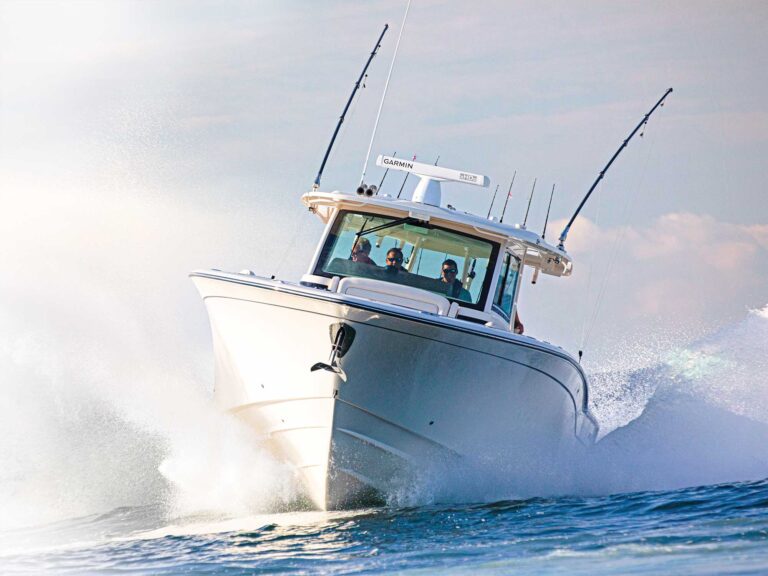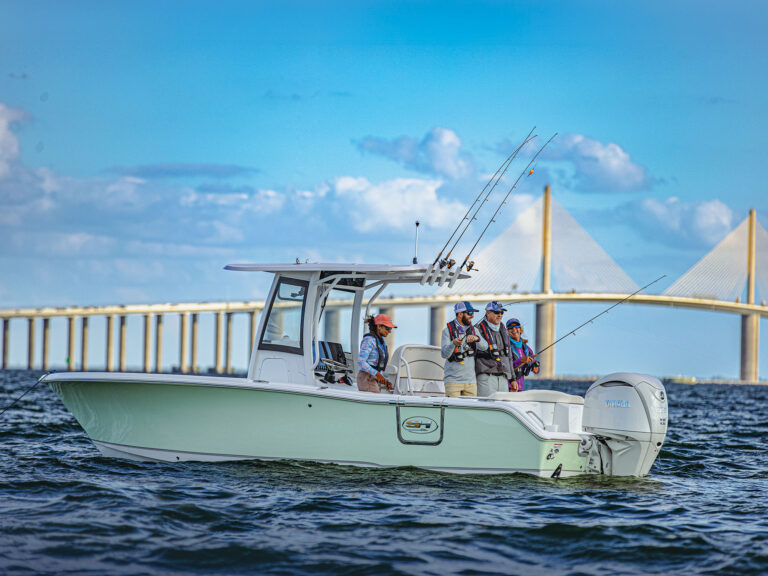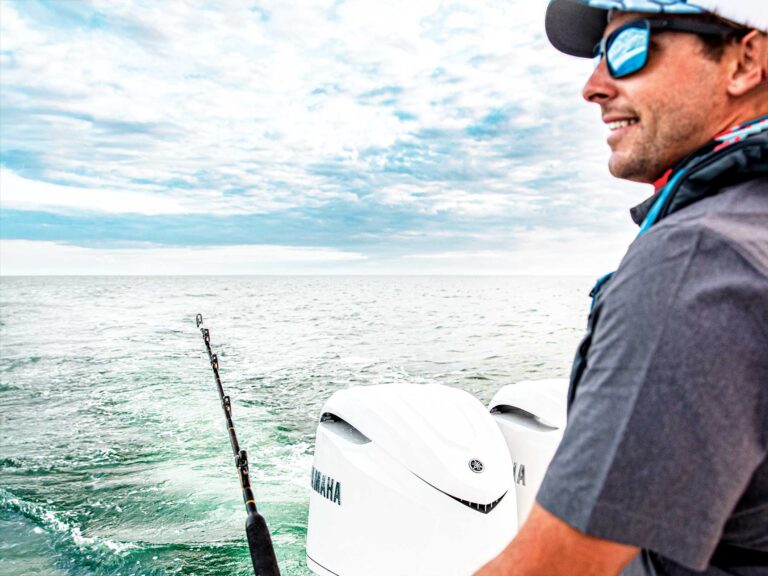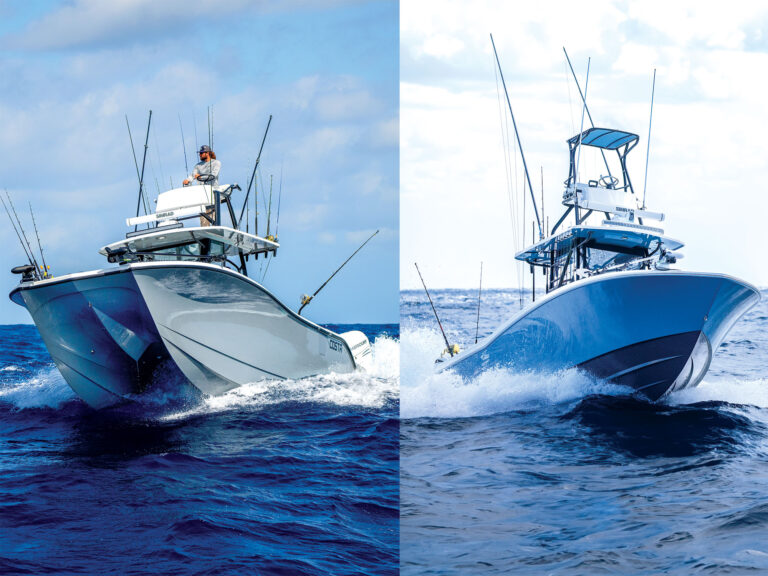The decline of once-great salmon runs of the Pacific Northwest is one of the largest ecological blunders in history. At present, 26 runs are listed as endangered or threatened, and if not for the Endangered Species Act, many more probably would have already disappeared.
The ESA has protected not only salmon, but also entire landscapes from clear-cut timber harvest and development, and has kept rivers in the Northwest clean and flowing. However, during the past five years, a series of federal actions has threatened to undermine this important law that the agriculture, timber, hydropower and development industries find so cumbersome.
**TOO MANY USERS, TOO LITTLE WATER
** Farmers in northern California and Oregon want to use the Klamath River’s water for irrigation, while commercial fishermen, Native American tribes and anglers fight to maintain enough water to support healthy runs of Pacific salmon. So far, heavily subsidized farmers in the region have won out almost every step of the way, at the expense of wild salmon.
The water-allocation problem in this region has festered for decades, but it exploded during 2001’s record drought. To protect runs of threatened and endangered fish, most notably coho salmon, National Oceanic and Atmospheric Administration (NOAA) Fisheries (formerly the National Marine Fisheries Service) reduced the allocation of water to the federal Klamath Irrigation Project. The resulting antigovernment protests and lawsuits by Oregon farmers made national headlines. Agricultural lobbyists convinced officials to deliver extra water from Upper Klamath Lake despite ESA requirements. In response, conservation groups went to court seeking water for threatened bald eagles in the Klamath National Wildlife Refuge, as well as for salmon runs down river. NOAA Fisheries commissioned a panel from the National Research Council (NRC) to study endangered species’ needs in the Klamath Basin. Using the NRC’s report, the administration overturned the fishery recovery efforts by providing massive water deliveries to Klamath irrigators, which drastically reduced flows in the Klamath River.
A near-record drawdown of flow on the Klamath River in 2001 fostered an outbreak of disease that killed hundreds of thousands of juvenile salmon. The Bureau of Reclamation continued to lock in large amounts of water for farmers, reducing the flow even further. In September 2002, low flows resulted in one of the biggest fish kills in history – approximately 80,000 adult salmon. Farmers and administration officials dismissed the cause, but a scientific report by the U.S. Fish and Wildlife Service found that low flows were indeed the primary culprit. The final report by the California Department of Fish and Game, released in the summer of 2004, came to the same conclusion.
In October 2003 the final NRC report found the data on threatened and endangered fish in the Klamath Basin “inconclusive,” which resulted in large irrigation allocations that reduced water flow in the Klamath River to dangerous levels for the third year in a row. In August 2004, water flows dropped below the 2002 levels, risking another tragedy. Neither the Bureau of Reclamation nor NOAA Fisheries believes the Klamath can provide enough water to ensure healthy salmon runs in the near future.
**HATCHERY FISH
** In May 2004, NOAA Fisheries decided for the first time to count hatchery fish when determining the health of salmon runs. Surprisingly, it chose to ignore the independent panel of salmon ecology experts it hired. The panel warned NOAA Fisheries that its conclusions about hatchery fish were “inappropriate” for official government reports, and six members of the panel published an article in the journal Science which stated that hatchery-reared fish would not save wild salmon.
The inclusion of hatchery production gives an erroneous impression that wild populations are much more robust. If this is allowed, numerous salmon populations could be removed from the ESA’s list, which would allow renewed logging and construction to go unchecked in crucial areas. Including artificially raised fish in the calculation of whether a species should be protected under the ESA contradicts the intent of the law and is tantamount to counting animals in a zoo. Furthermore, artificially introduced fish create one of the biggest threats to wild salmon through competition, introduction of disease and dilution of the gene pool. In fact, no credible science supports the claim that hatchery fish can help restore salmon runs, and after more than a century of hatchery production in the Northwest, wild salmon runs continue to slide toward extinction.
In May 2004, after public outcry, a senior NOAA Fisheries official wrote to Congress, stating that despite including hatchery fish in stock assessments, most species currently considered endangered would likely remain so.
NOAA Fisheries most recently dealt Northwest salmon a blow when it announced that it no longer planned to protect millions of acres extending from California to the Canadian border previously designated as “critical habitat” for the survival of declining Northwest runs. The change eliminates protection for portions of watersheds that historically supported wild salmon but currently do not. Dropping the designation clears the way for renewed timber and agricultural activity, as well as development that erodes and destroys the habitat. To make matters worse, other areas may end up in the same situation after public hearings that are being held during the first six months of 2005.
**DAMS
** NOAA Fisheries recently claimed that federal dams don’t jeopardize salmon by blocking their migration. Instead, it maintains that dams are permanent parts of the environment, like a mountain, and therefore lie beyond the scope of the ESA and “beyond the present discretion” of the government to remove them. Eight large dams on the Columbia and Snake rivers will not be considered for removal, even as a last resort, to save 11 endangered species of salmon and steelhead. NOAA Fisheries claims that it will rely on alternative, albeit previously unsuccessful, strategies like building fish weirs and moving fish around dams. Fishermen and environmentalists have already filed suit in federal court to block the implementation of this NOAA Fisheries plan.
Based on its actions during the past four years, NOAA Fisheries seems to have dropped any pretense of providing serious protection for salmon in the Pacific Northwest. Although the laws that protect salmon habitat have not changed, their enforcement has. Pacific salmon have been the ecological and economic engine for the Pacific Northwest for centuries, but they are under imminent threat of extinction. For information on how you can help, contact the Wild Salmon Center, www.wildsalmoncenter.org.









